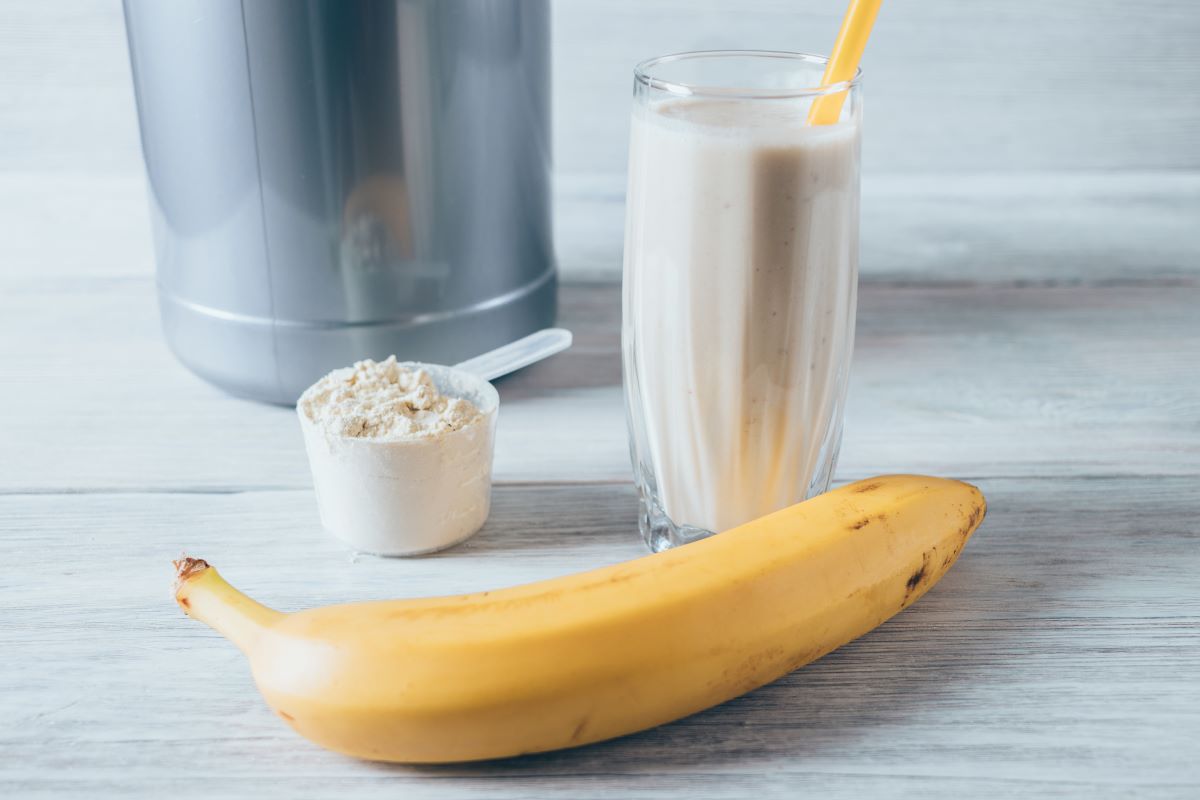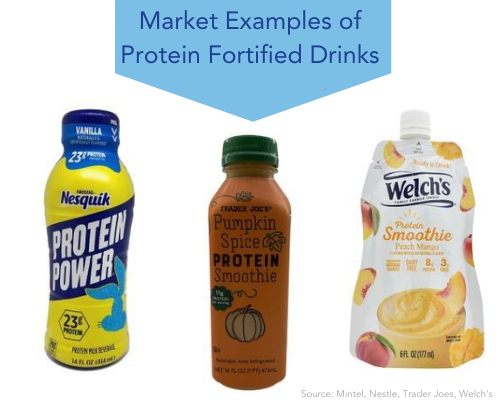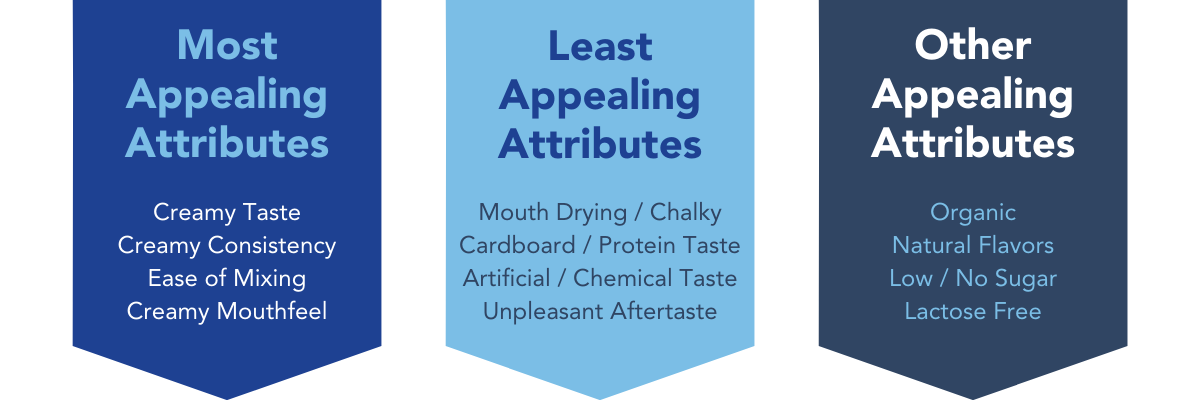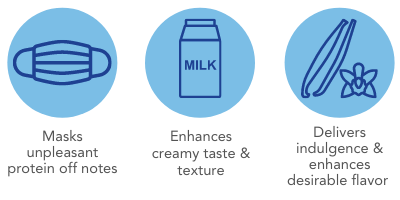Understanding Consumer Needs in Protein Fortified Beverages

It’s only really since the turn of the century that sports nutrition has made its way into mainstream consciousness. As recently as 2010, the U.S. nutrition market was valued at $4.85 billion, whereas today it sits at around $13.16 billion, an increase of 171%, according to Euromonitor, Market Sizes.
Historically, protein consumption has been the preserve of hardcore athletes or bodybuilders. However, a walk down the aisle of any grocery store will reveal that protein — particularly whey/dairy-based ones — are tapping into a wider demographic.
With protein-fortified products such as confectionery-style bars, gummies and cookies, it’s clear that the health perception of protein gives it mainstream appeal.
And with 46% of consumers in North America looking to increase their protein intake in 2021, according to FMCG Gurus, Positive Nutrition Report, 2021, it’s clear that there is still plenty of room for the market to grow!
Protein-Fortified Beverages
One segment which has really capitalized on the growing interest in protein is protein-fortified beverages such as milk drinks or even juice drinks/smoothies. Between 2019 and 2020, the number of dairy and juice drink launches with added protein claims jumped by 40% year-on-year.
Whilst the lines between protein-fortified milk drinks and ready-to-drink protein shakes are often quite blurry, protein-fortified beverages tend to focus on a softer messaging and typically contain a lower protein content per serving.

Understanding Consumer Taste Expectations
Historically, the sports nutrition category has unsurprisingly made the nutritional profile of the product the top priority, often at the expense of the organoleptic properties with consumers expected to drink the shake as quickly as possible, rather than savor the product.
While the flavor quality of even the highest protein products has improved drastically, a market has opened for products with lower protein content and more of a focus on flavor.
But in many instances, taste remains a significant barrier to entry into the category. A survey from FMCG Gurus [USA Nutritional Survey, Q2, 2020] found that 46% of non-users of nutritional supplements highlighted “didn’t like the flavor” as one of their reasons for not using the products again.
Clearly, there is a disconnect between what consumers expect and what is being delivered, which is why Synergy commissioned a consumer survey to learn which attributes did and did not resonate with users of these products.

Looking at the data, it’s clear that consumers are still identifying challenges in these products. Around two-thirds of U.S. consumers highlighted attributes such as mouth-drying/chalky, unpleasant aftertaste, artificial or chemical taste and cardboard or protein taste as being problematic in some whey-based products.
Conversely, creamy descriptors were viewed as appealing with 73% of U.S. consumers looking for a creamy taste and 67% looking for a creamy consistency.
How Can Synergy Assist?
With a steady stream of consumers looking to increase the protein in their diet without sacrificing taste, it’s clear there is significant opportunity for manufacturers to target the segment by offering protein-fortified beverages that put taste at the forefront!
Synergy’s authentic dairy taste modulators can be used to improve the flavor profile of a range of dairy-based proteins including whey protein concentrate, isolate or blends.
Sensory data has shown that our range helps:

Our dairy flavors do all this whilst also remaining cost-effective, natural and with minimal impact to the overall nutritional properties of the finished product!
Speak to our team today to find out how Synergy can help you deliver great-tasting protein products to your customers!
insights

